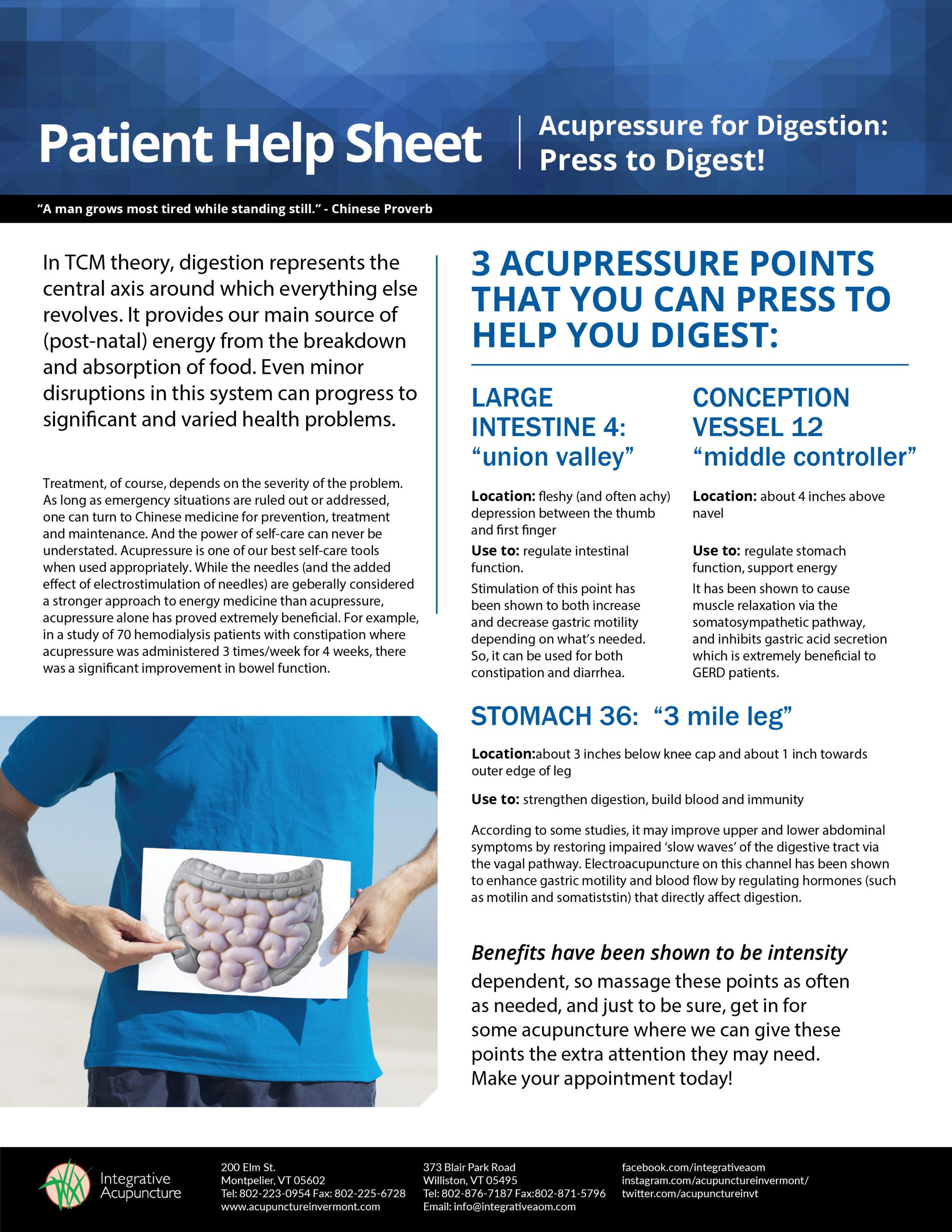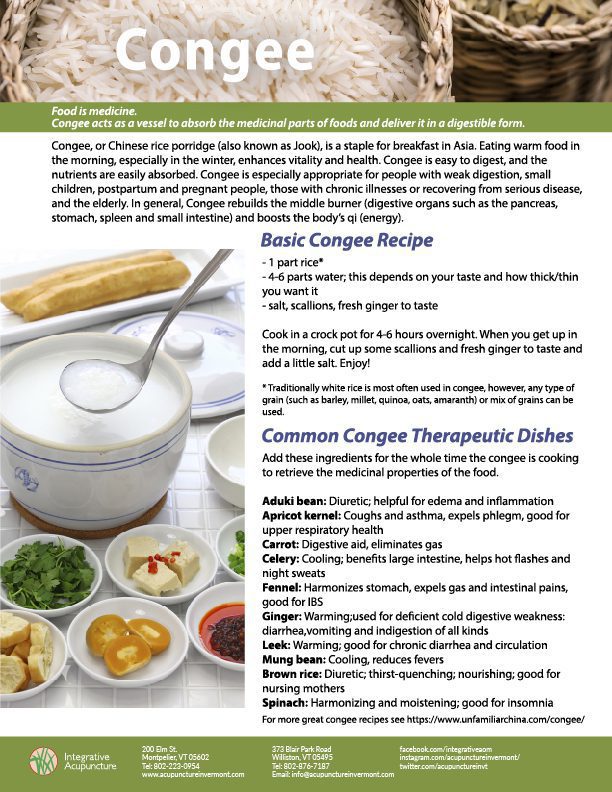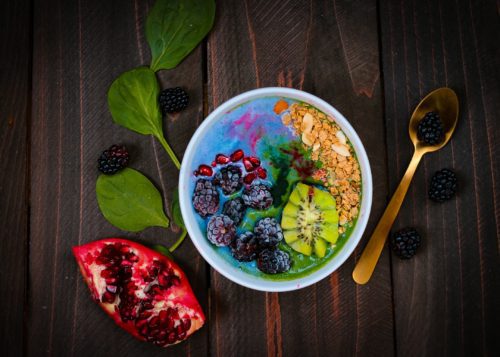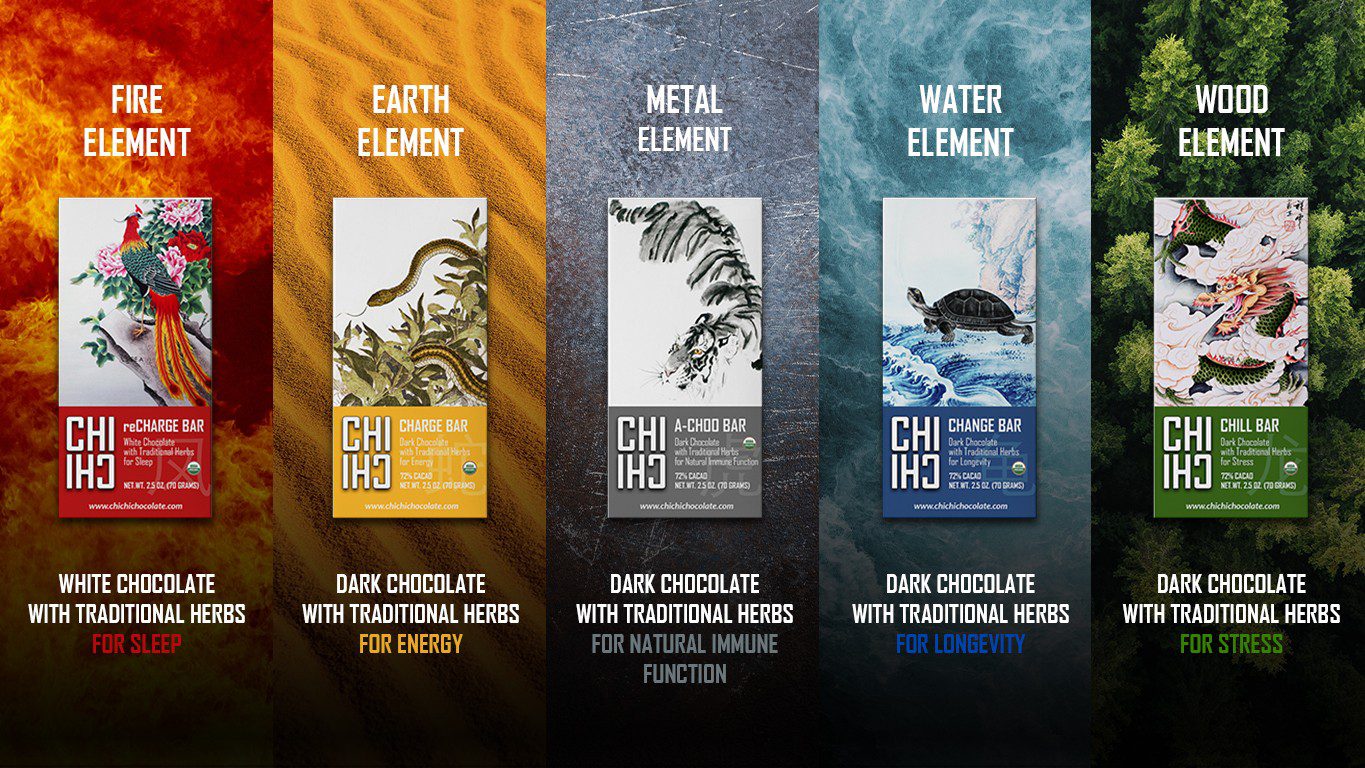Healthy Eating According to Traditional Chinese Medicine
Do you consider yourself a healthy eater? Do you follow the guidelines set forth by the government for healthy eating? Or have you gone rogue? There are as many different definitions of healthy as there are colors in the rainbow. According to traditional Chinese medicine, there are certain guidelines that will keep the body happy and healthy throughout life. Let’s explore this a little deeper.
The Traditional Chinese Medicine diet is based on energetic principles that encourage balance, clean burning digestion and a well-functioning body that remains free of disease and full of energy. Eating for balance is a way of life in Traditional Chinese Medicine theory. There are certain foods that help the digestive system function properly and allow the body to utilize the nutrients it needs to perform.
When food enters the mouth, it travels through the stomach and intestines. This is where the energy is extracted from the food and the waste products are excreted. The energy that was extracted becomes your life force or Qi (pronounced “chee”). Digestion, in TCM theory, should be an unnoticeable event. The digestive system should be clean and quiet, allowing the body to extract the most nutrition and energy from the food that is ingested. If the digestive system becomes clogged, the energy does not get adequately absorbed and there is leftover residue called dampness that sticks to places within the body, thus causing blockages and affecting the body’s daily functions.
Dampness is the most common byproduct of eating foods that can create blockages in the digestive system. Foods that create dampness include cheese, yogurt, white flour and sugar. Dampness causes blockages or stagnations that can then lead to pain and disease. Symptoms of accumulated dampness include mucus, loose stools or constipation, excess weight gain and swollen joints. Chronic allergies and arthritis are two Western medicine diseases that are very closely linked to dampness.
To avoid disease, the TCM diet recommends things like steamed rice, cooked vegetables and small quantities of animal protein. Vegetables play a major role in draining dampness and are packed with nutrition. The more colorful the vegetables, the healthier they are for the body, as they contain lots of antioxidants that promote health and longevity. Your plate should begin with large quantities of brightly colored and lightly cooked vegetables. Leafy greens are very important also as they are some of the most balancing and nutrient dense foods available.
Rice is a balanced food that is easily digested. Rice is also hypo-allergenic and this is advantageous to those who are dealing with allergies as it is very gentle on the digestive system. White rice tends to be more cleansing, while brown rice is considered more nourishing. Rice is a clean burning food that gently drains dampness from the body.
Protein is the final component of a healthy TCM diet. Animal proteins and beans are difficult to digest and therefore are only suggested in small quantities. Beans are better overall than animal proteins as they do help absorb dampness and they provide fiber.
There are several things that should be avoided in the TCM diet. Dairy is one of the biggest culprits of creating dampness. It is also cold in nature and this is a hindrance to the digestion. Cold, raw foods are culprits in the formation of dampness, as it is difficult for the body to process them. This is why foods ingested should be at least at body temperature. When the body has to heat the food, it drains the energetic resources of the body, which weakens the body over time. So things like salads, chilled food, iced drinks and frozen foods should not be included in the daily diet.
If you are truly trying to eat healthy and you are dealing with illness, why not consider trying the TCM way of eating? You might be surprised at how your body changes.

Download Patient Help Sheet







